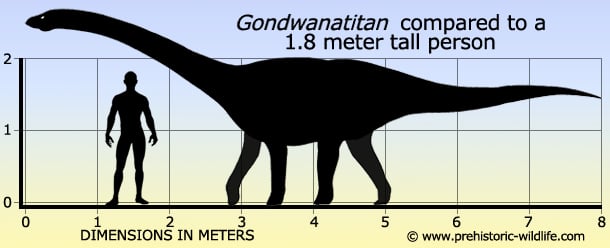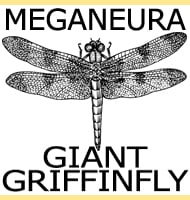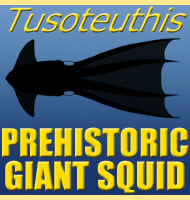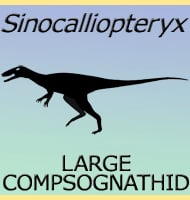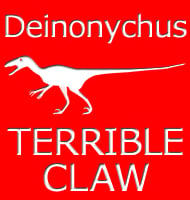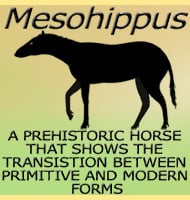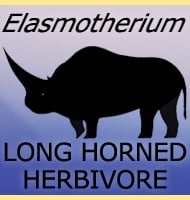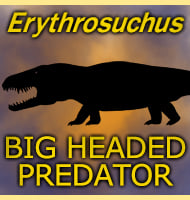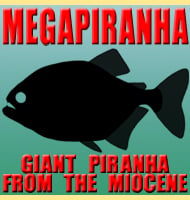In Depth
Although the name Gondwanatitan implies that this dinosaur was ‘titanic’, it was actually quite modest in size, especially when you compare it to other South American giants like Argentinosaurus. Instead the name is a play on the classification of Gondwanatitan which is considered to be one of the titanosaurs, a special group of sauropod dinosaurs. The Gondwana part is in reference to its geographical distribution of a specific part of Gondwana, the Cretaceous collection of Southern continents that were separate from the Northern continents that were known as Laurasia.
The partial post cranial remains of Gondwanatitan reveal a medium sized titanosaur that was actually quite advanced in form. One key feature is the tibia (one of the lower leg bones) that is straight whereas in many other titanosaurs it is curved. The caudal vertebrae from the middle portion of the tail have elongated vertebrae that also have neural spines that are angled to point anteriorly (towards the front of the animal). This has seen Gondwanatitan placed within the Aeolosauridae family of titanosaurs, which is why it often mentioned as being related to the type genus of this group, Aeolosaurus. Additionally, like with Aeolosaurus, these vertebrae have been interpreted as giving Gondwanatitan the ability to rear up on its hind legs so that it could reach even further into the tree canopy to feed.
Further Reading
– A new sauropod dinosaur (Titanosauria) from the Late Cretaceous of Brazil” in: Y. Tomida, Y,T. H. Rich & P Vickers-Rich (eds.) – Proceedings of the Second Gondwanan Dinosaur Symposium, National Science Museum Monographs 15: 111-142 – A. W. A. Kellner & S. A. K. de Azevedo – 1999.
